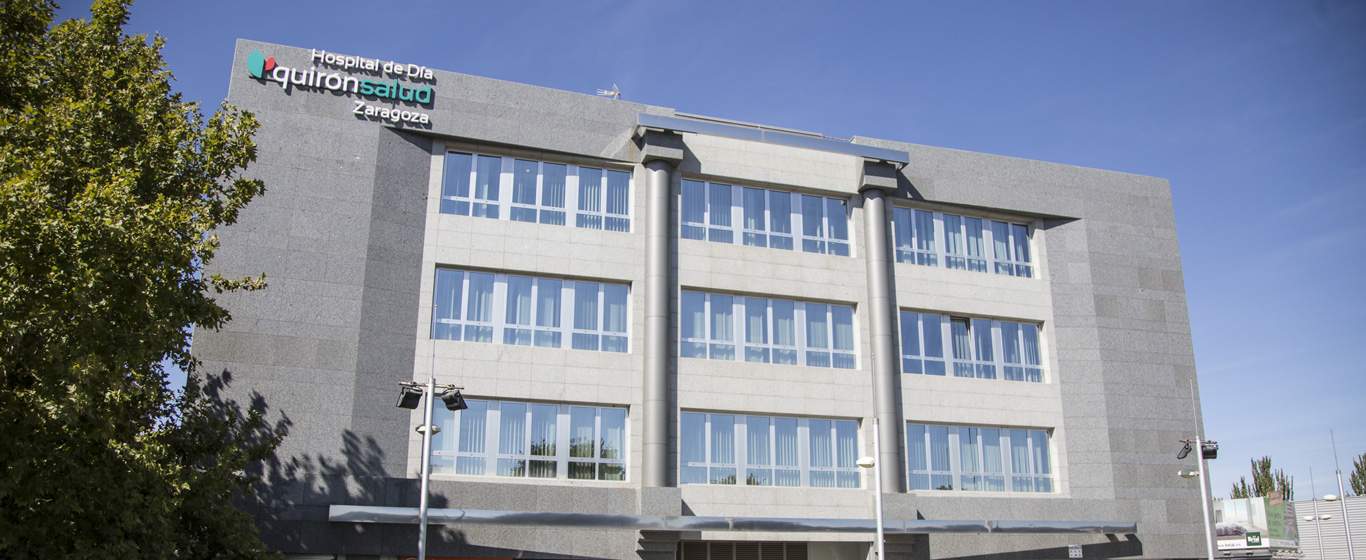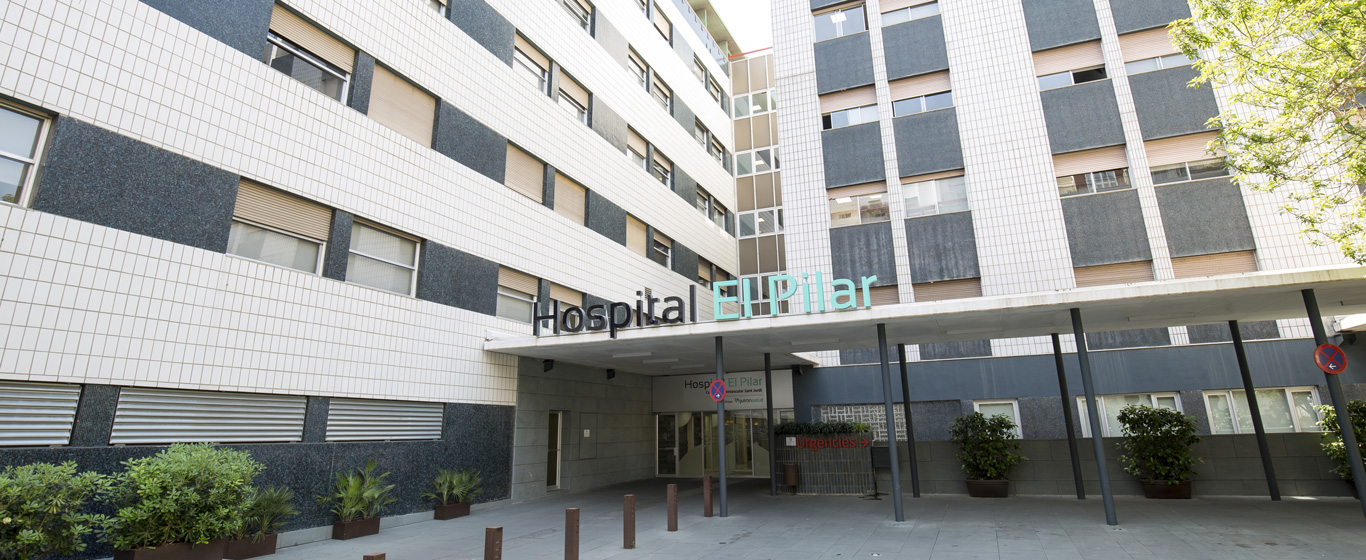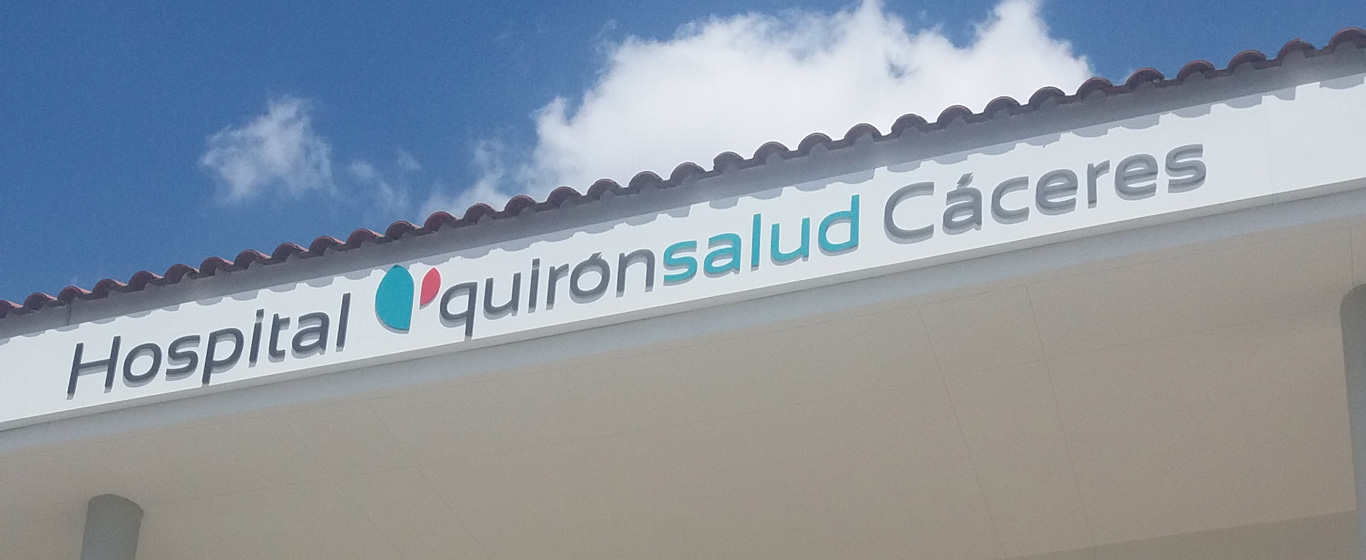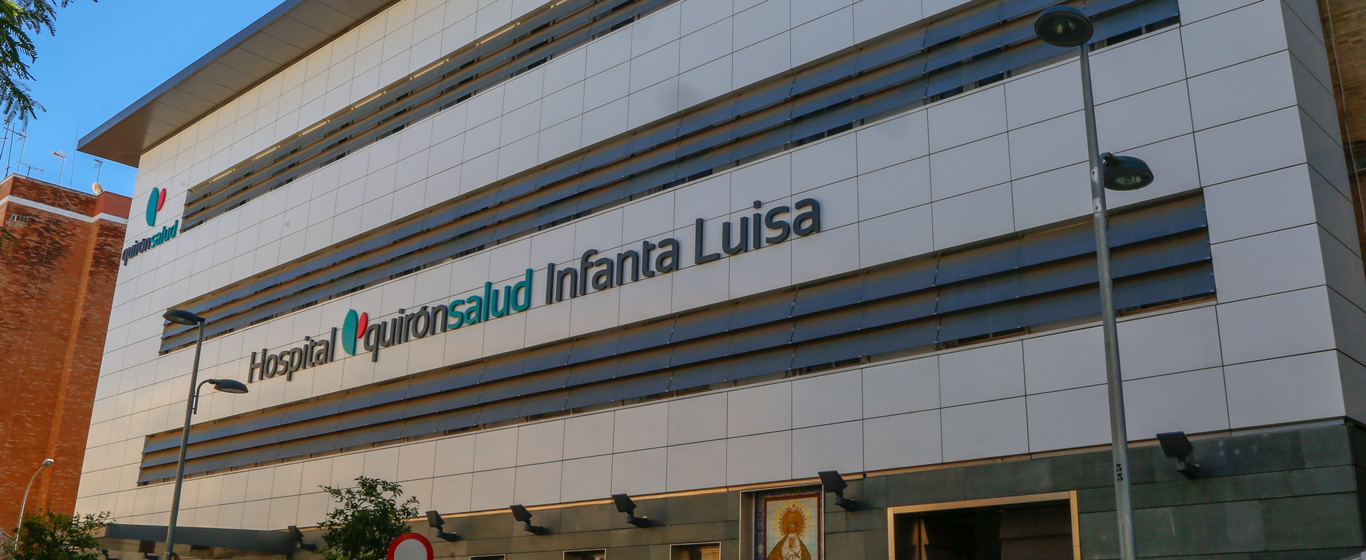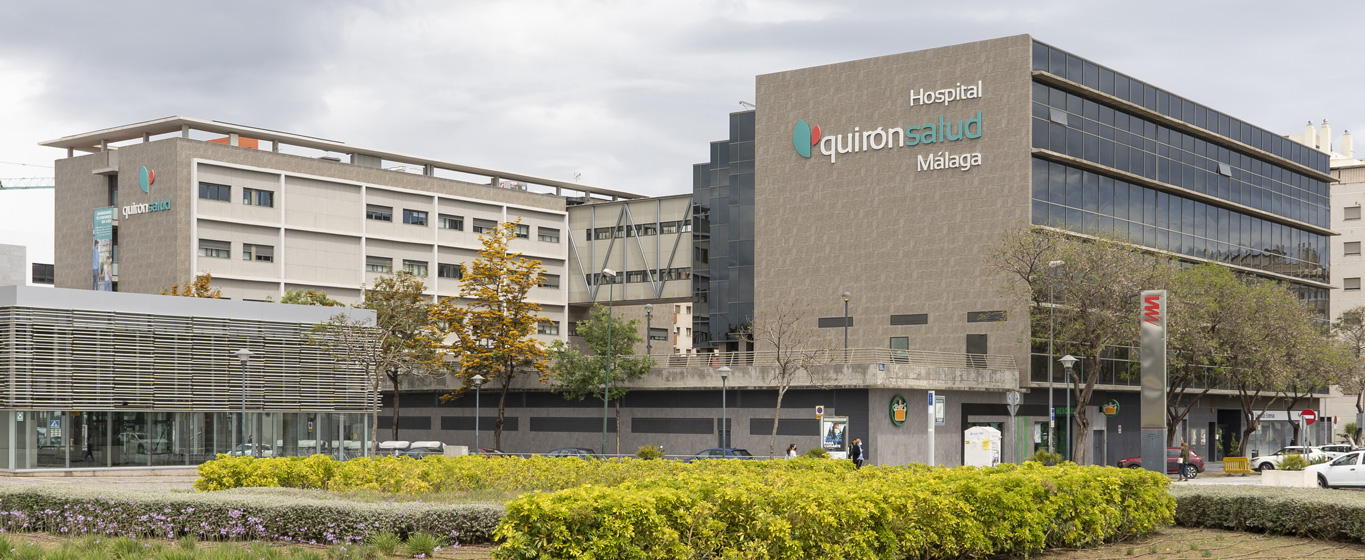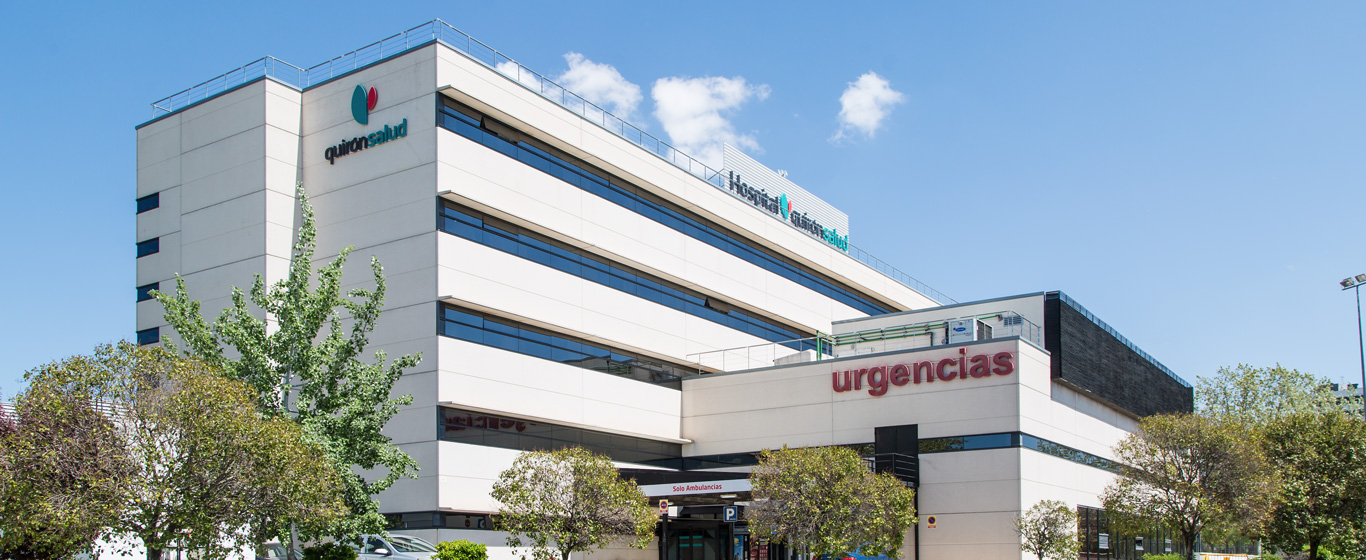Liver Cancer
What is the life expectancy for liver cancer? Everything you need to know about the causes, symptoms, prognosis, and treatments for this disease.
Symptoms and Causes
Liver cancer is the formation of malignant tumors in the liver due to the uncontrolled proliferation of liver cells.
Although secondary or metastatic liver cancer—where the liver presents metastases from another cancerous organ—is more common, there are different types of primary liver cancer:
- Hepatocellular carcinoma (HCC) or hepatocarcinoma: Originates in hepatocytes, the main liver cells. It accounts for 80-90% of liver cancers.
- Intrahepatic cholangiocarcinoma: Cancer that originates in the cells lining the bile ducts within the liver.
- Hepatoblastoma: The cancerous cells resemble fetal liver cells. This is a rare type of cancer that primarily affects children under three years old and rarely spreads.
- Hepatic angiosarcoma: Develops from the cells lining the liver’s blood and lymphatic vessels. It is extremely rare.
- Fibrolamellar hepatocellular carcinoma: Occurs in adolescents and adults under 40 with a healthy liver. It is extremely rare.
Hepatocellular carcinoma has a high mortality rate, ranking as the fifth leading cause of cancer-related death worldwide. This is mainly because it is usually detected in very late stages. However, research and new screening and early detection techniques have increased survival rates in recent years.
Symptoms
Liver tumors often do not cause symptoms in their early stages. Additionally, initial signs, when they appear, can be similar to those of other digestive conditions. The most common symptoms include:
- Jaundice: Yellowing of the skin and the whites of the eyes.
- Loss of appetite.
- Unintentional weight loss.
- Nausea and vomiting.
- Swelling under the ribs due to liver or spleen enlargement.
- Abdominal pain.
- Abdominal bloating due to fluid buildup.
- Weakness and fatigue.
- Itching.
- Pale-colored stools.
Causes
Carcinomas develop due to genetic mutations in cells that disrupt their division mechanisms, causing them to reproduce uncontrollably and form tumors. The exact cause of these mutations is unknown, but in the case of hepatocellular carcinoma, they almost always result from chronic liver disease, such as hepatitis or cirrhosis.
Risk Factors
The risk of developing liver cancer increases with the following factors:
- Presence of cirrhosis, hepatitis B, or hepatitis C.
- Excessive alcohol consumption.
- Hereditary liver disorders, such as hemochromatosis or Wilson’s disease.
- Non-alcoholic fatty liver disease.
- Diabetes.
- Obesity (increases the risk of fatty liver disease).
- Exposure to aflatoxin B1, a toxic substance produced by certain fungi in crops like corn, wheat, rice, or nuts.
- Smoking.
Complications
Hepatocellular carcinoma can cause:
- Systemic metabolic complications such as hypoglycemia, hypercalcemia, hyperlipidemia, or erythrocytosis, leading to additional symptoms like anemia, lethargy, tachycardia, dizziness, or circulatory disorders.
- Internal bleeding that appears as bruising when small tumors rupture.
- Portal vein hypertension, which can lead to spleen problems, leg swelling, and the formation of esophageal and gastric varices.
- Metastasis: Cancer cells spread through the bloodstream or lymphatic system to nearby organs, making treatment more difficult and significantly reducing chances of recovery.
Prevention
Preventing liver cancer involves protecting against the main diseases that contribute to its development:
- Getting vaccinated against hepatitis B.
- Limiting alcohol consumption.
- Maintaining a healthy weight.
- Practicing safe sex.
- Undergoing early detection tests if at risk.
Which Doctor Treats Liver Cancer?
Liver cancer is evaluated and treated in the gastroenterology (digestive diseases) and medical and radiation oncology departments.
Diagnosis
Diagnosing liver cancer involves evaluating symptoms and risk factors, as well as performing various tests:
- Physical examination: Palpation of the abdomen can detect a mass or an enlarged liver.
- Blood tests: Serology is performed to confirm the presence of hepatitis B or C, and proteins and enzymes related to liver function are measured.
- Tumor marker analysis: Blood tests measure alpha-fetoprotein (AFP) levels. Elevated AFP may indicate liver cancer, but it is not a definitive test.
- Liver elastography (FibroScan): A device similar to a microphone is placed on the abdomen, emitting an ultrasound wave. The wave's propagation determines elasticity levels, indicating fibrosis—a key component of chronic liver disease. It is not effective in patients with obesity or fluid buildup in the abdomen.
- Imaging tests: Ultrasound, computed tomography (CT), or magnetic resonance imaging (MRI) provide detailed images of the liver and surrounding tissues, allowing detection, localization, and assessment of tumor spread.
- Liver biopsy: A liver tissue sample is analyzed to confirm the presence of cancerous cells. The biopsy may be performed via needle aspiration, laparoscopy, or surgical incision.
Treatment
The goal of liver cancer treatments is to remove the tumor when possible and prolong the patient's life. Treatment depends on the stage of the cancer:
- Partial hepatectomy: Surgery to remove the cancerous portion of the liver along with a section of healthy tissue. Recommended for patients with a localized tumor and good liver function.
- Liver transplant: The entire liver is removed and replaced with a healthy donor liver. Only performed in early-stage cases.
- Liver ablation: Cancerous tissue is destroyed using energy or substances applied through a percutaneous probe guided by imaging. Techniques include radiofrequency, microwaves, laser, ultrasound, cryotherapy, or ethanol injection.
- Arterial embolization: Tiny plastic spheres are injected into the artery to block blood flow to the tumor. Only used if liver function is good.
- Radioembolization: Radioactive yttrium-90 microbeads are administered directly into the liver. The radioactive material destroys cancer cells.
- Chemotherapy: In advanced cases not suitable for surgery or other treatments, various drugs are used to slow or stop cancer cell growth. This can shrink the tumor and limit its spread but does not completely eliminate the disease.
- Chemoembolization: Chemotherapy drugs are injected directly into the hepatic artery, which is then blocked to keep the medication concentrated near the tumor.
- Targeted therapy: Medications block specific proteins in cancer cells to inhibit their growth.
- Immunotherapy: Drugs help stimulate, direct, or restore the immune system’s natural defenses against cancer.
- Palliative care: Supportive treatments aim to relieve cancer symptoms and reduce treatment side effects. Psychological support may also be provided for patients and families with a limited prognosis.































